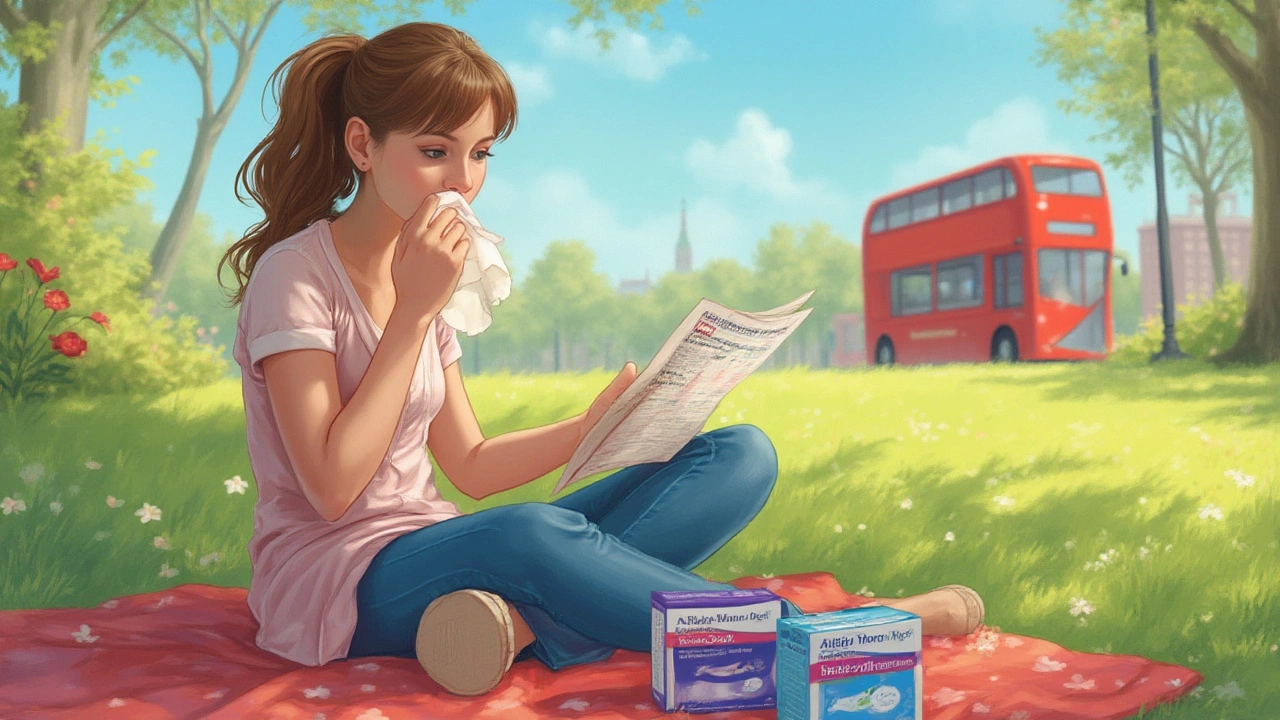Everything Simple About Second-Generation Antihistamines
If allergies bug you, you might have heard about second-generation antihistamines. These meds are popular because they fight allergy symptoms without causing drowsiness like older antihistamines often do. Many people prefer them for daily allergy relief since you can stay sharp and active.
Why Choose Second-Generation Antihistamines?
First-generation antihistamines can knock you out or mess with your focus, which isn't great if you need to work or drive. Second-generation antihistamines target histamine receptors but can't easily cross the blood-brain barrier, so they don't usually make you feel sleepy. That’s a big win if you want to manage hay fever, hives, or itching without sacrificing your day-to-day energy.
Common second-generation antihistamines include loratadine, cetirizine, and fexofenadine. They usually come in pills, but some are available as liquids or nasal sprays. They start working within hours and last all day, which means you don’t have to take them multiple times.
What Should You Watch Out For?
Though generally safe, these meds can still cause side effects like dry mouth, headache, or mild stomach upset for some. It’s rare but important to know they might not be safe if you have kidney or liver problems—always check with your doctor if you’re unsure. Also, some can interact with other medications, so a quick double-check on possible interactions is smart.
Even though second-generation antihistamines are better tolerated, they aren't instant cures. Allergy treatment also means avoiding triggers when you can and using other helpful remedies like saline nasal sprays or eye drops.
In short, if you're looking for relief that won’t slow you down, second-generation antihistamines are often the best bet. They blend effectiveness with convenience, making allergy season easier to handle without the foggy side effects.
Second-Generation Antihistamines: Efficacy, Onset, and Drowsiness Compared
Wondering which second-generation antihistamine works fastest with least drowsiness? Get the full comparison, practical facts, and tips for allergy relief right here.

